Best Timing for Foundation Repairs

Spring offers moderate temperatures and stable ground conditions, making it suitable for foundation repairs.
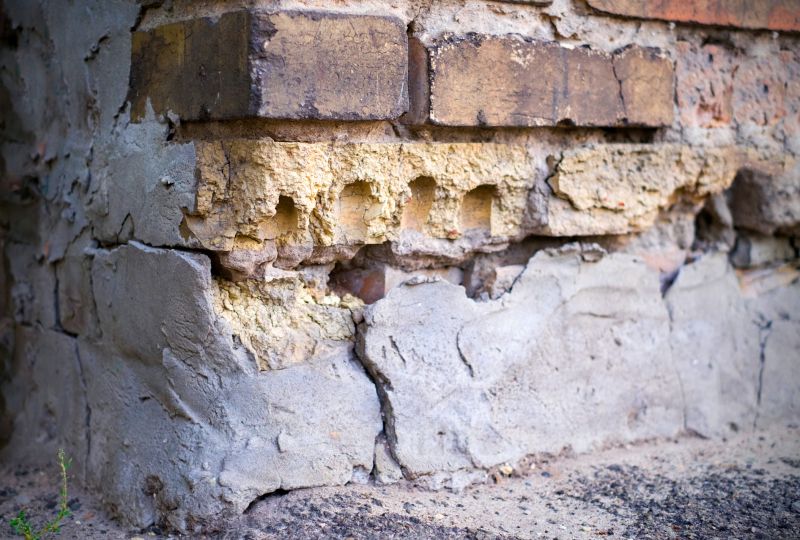
Summer's dry weather can facilitate quicker repairs but may pose scheduling challenges due to high demand.
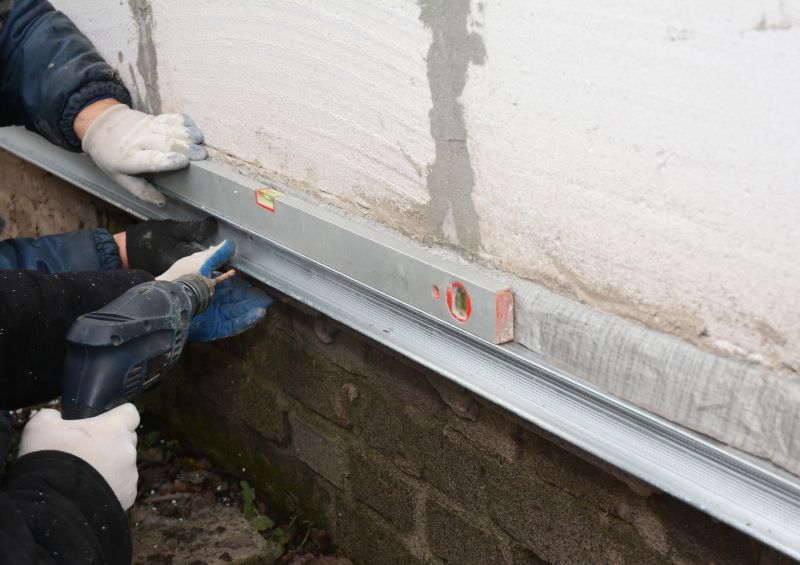
Fall provides cooler temperatures and less moisture, ideal for certain repair methods and scheduling flexibility.
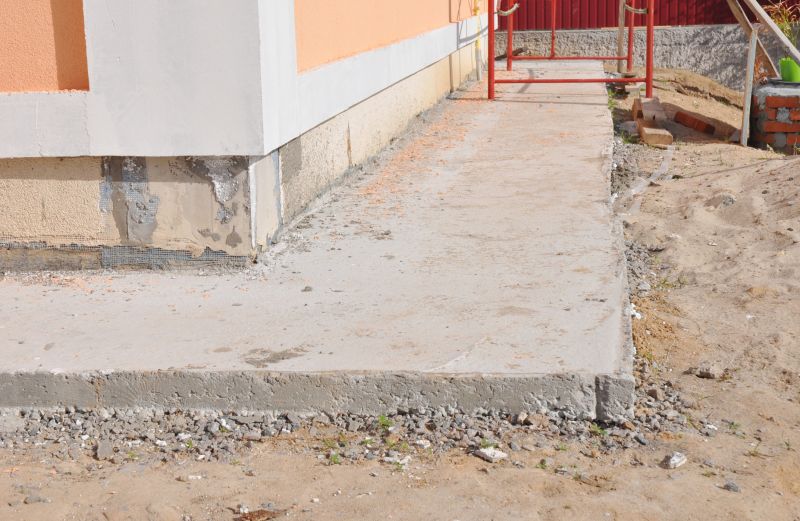
Winter repairs are generally less common due to cold temperatures and frozen ground, which can hinder work.

The best times are typically spring and fall when ground conditions are most favorable for foundation work.
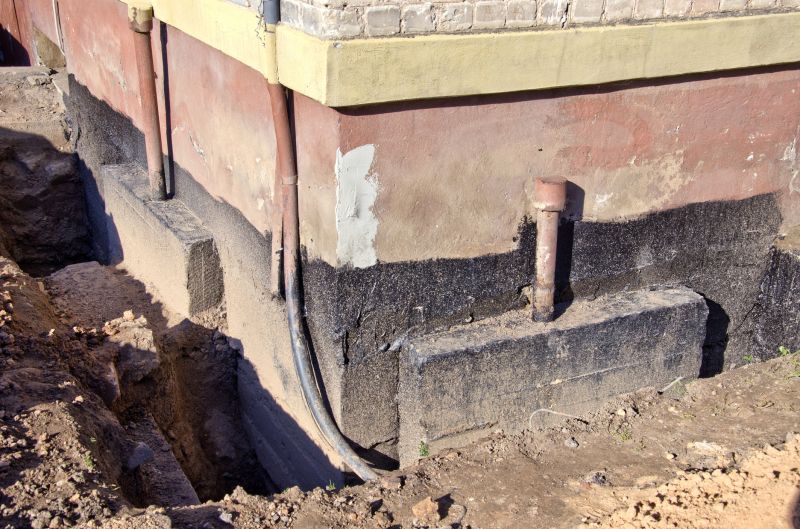
Weather impacts foundation repair timing; dry, stable conditions reduce risks and improve outcomes.
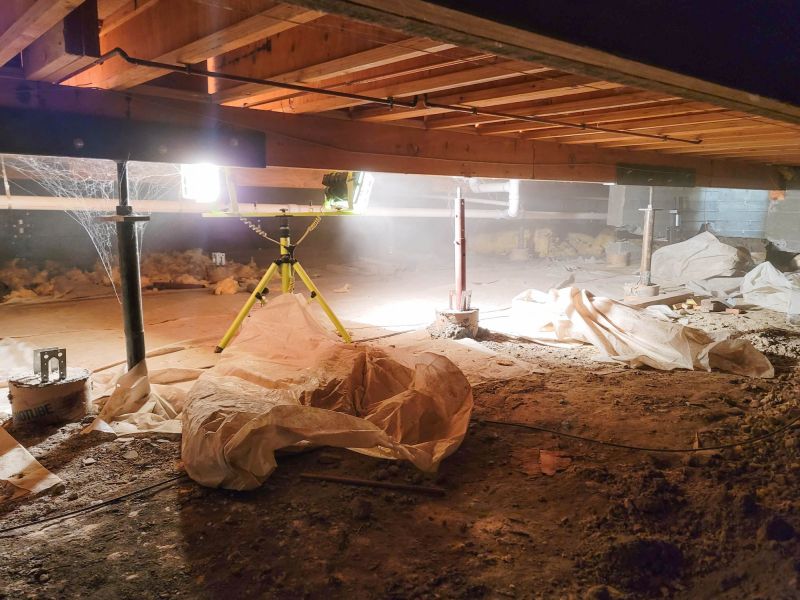
Ways to make Foundation Repairs work in tight or awkward layouts.
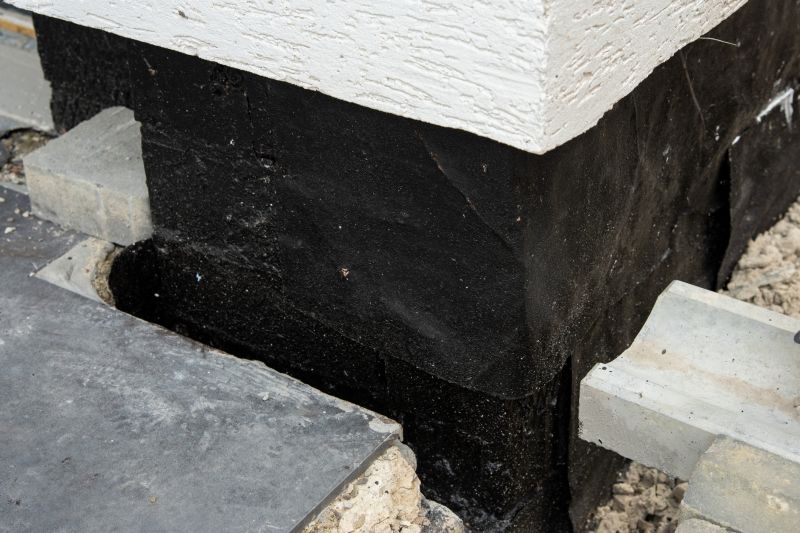
Popular materials for Foundation Repairs and why they hold up over time.
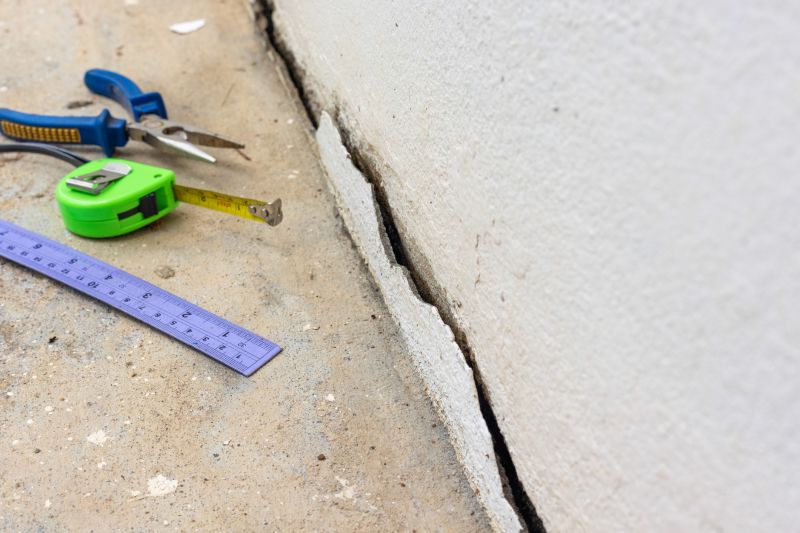
Simple add-ons that improve Foundation Repairs without blowing the budget.
Foundation repairs are essential for maintaining the structural integrity of a building. They address issues such as settling, cracking, and shifting that can compromise safety and property value. Timely repairs can prevent further damage and costly renovations. Factors influencing the optimal timing include ground moisture levels, temperature, and seasonal weather patterns. Properly scheduled repairs can lead to more efficient work and better long-term results.
Cracks in walls or floors, uneven flooring, and sticking doors are common indicators of foundation issues.
Methods include underpinning, slabjacking, pier installation, and wall stabilization depending on the problem.
Addressing issues early can prevent extensive damage, reducing repair costs and preserving property value.
The process involves assessment, planning, and executing repairs using specialized techniques tailored to the specific problem.
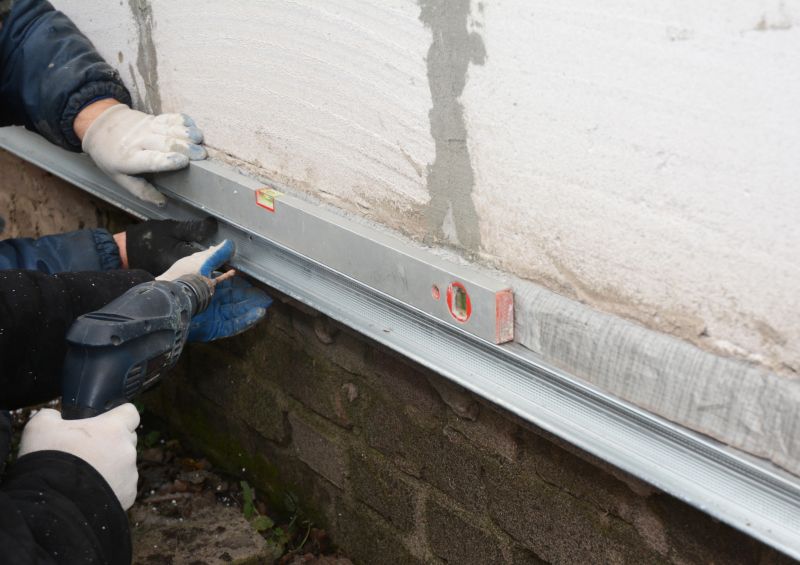
Image of foundation stabilization process.
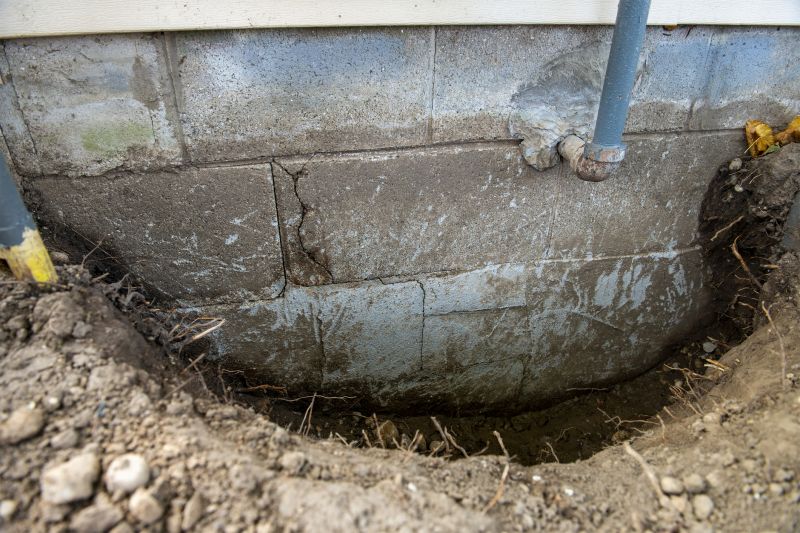
Image showing typical foundation crack.
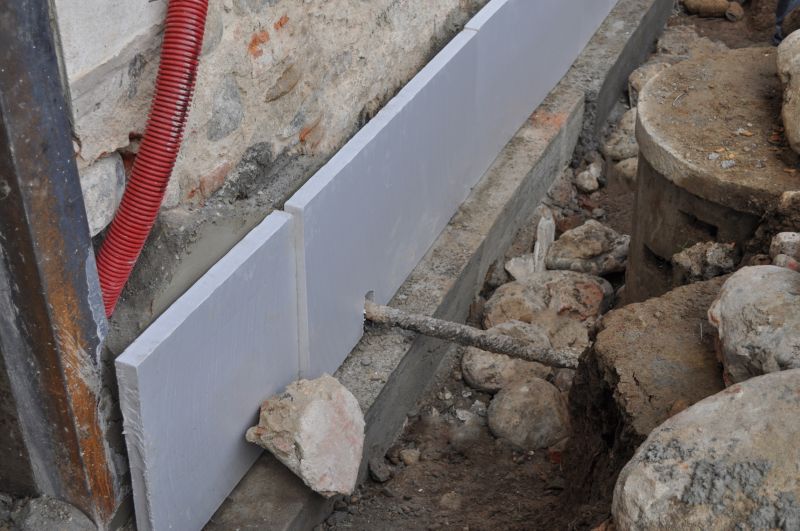
Image demonstrating underpinning methods.

Image of pier supports being installed.

Image illustrating soil stabilization efforts.
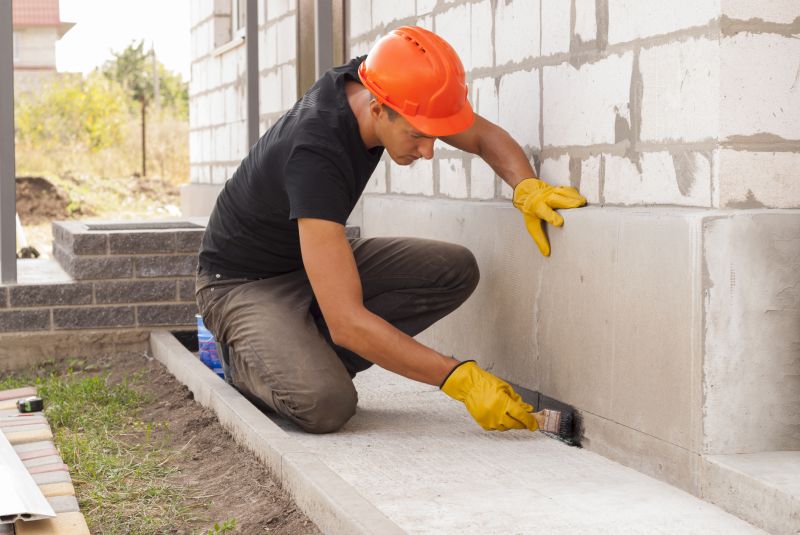
Image of a technician inspecting a foundation.
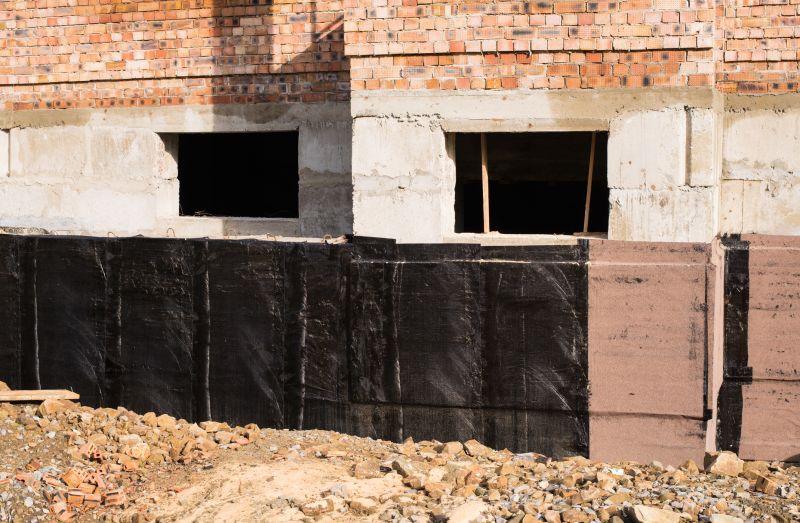
Image of a finished foundation repair project.
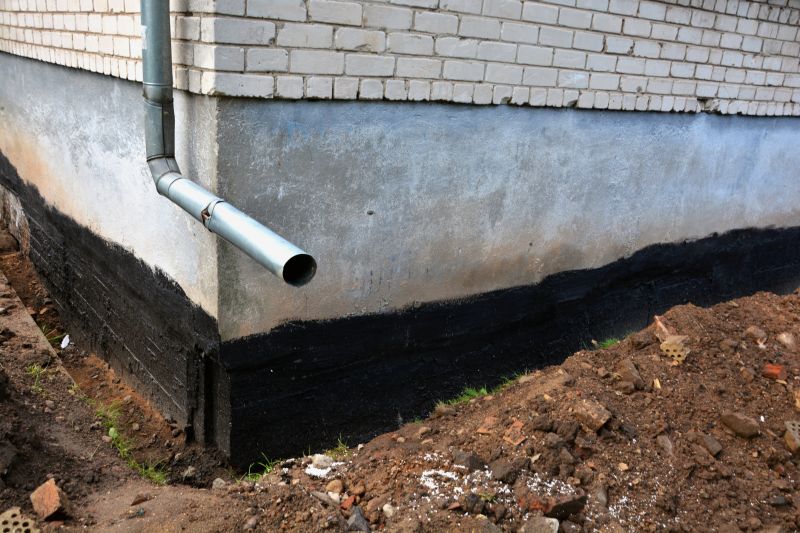
Image showing drainage solutions to prevent future issues.
| Season | Recommended Repair Timing |
|---|---|
| Spring | Ideal for most foundation repairs due to moderate ground moisture and temperatures. |
| Summer | Suitable with caution; dry weather helps but scheduling may be competitive. |
| Fall | Optimal for repairs; cooler weather and less rain facilitate work. |
| Winter | Less ideal; frozen ground and cold temperatures can delay or complicate repairs. |
| Post-Season | Early spring or late fall are generally best for scheduling repairs. |
Understanding the seasonal factors affecting foundation repairs can enhance planning and outcomes. Proper timing ensures that repairs are performed under conditions that promote stability and longevity. Consulting with foundation specialists can provide insights into the most suitable period for addressing specific issues, considering local climate patterns and ground conditions.

Image of a contractor reviewing plans.
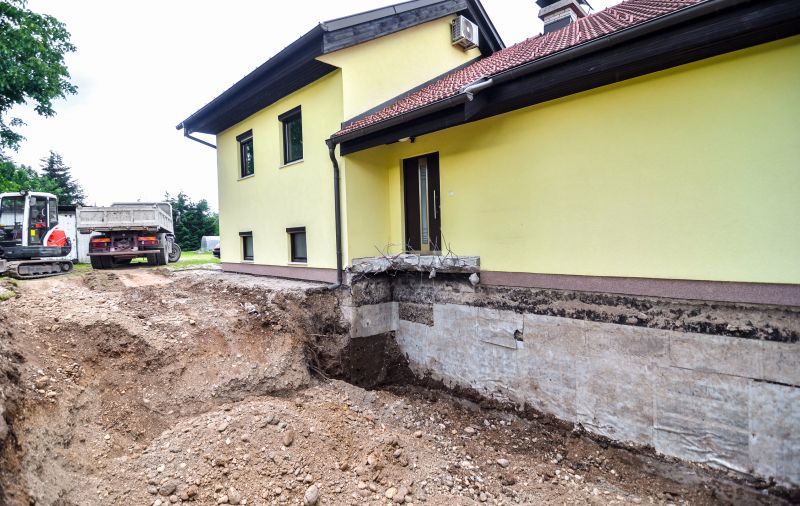
Image of a repair site during work.

Image of a stabilized foundation post-repair.
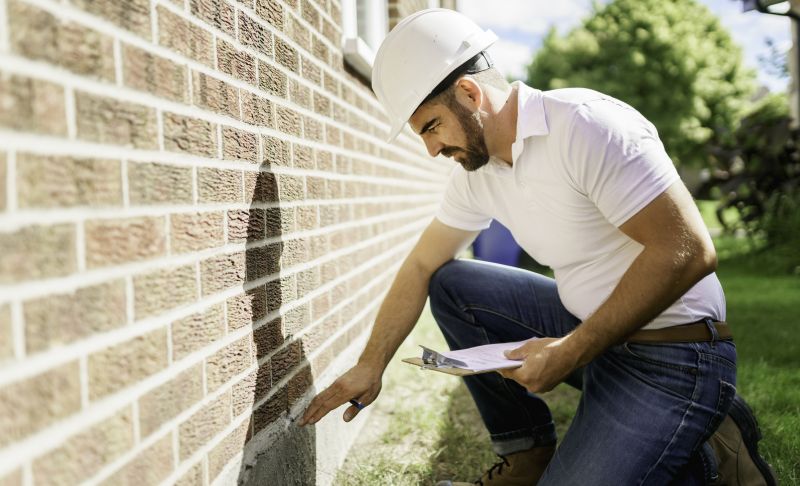
Image of a technician inspecting foundation conditions.
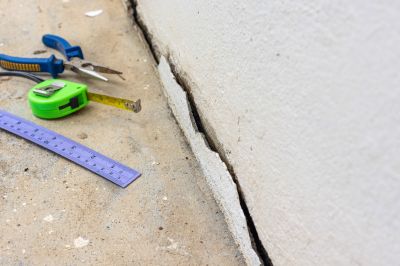
High-end options that actually feel worth it for Foundation Repairs.

Finishes and colors that play nicely with Foundation Repairs.

Little measurements that prevent headaches on Foundation Repairs day.
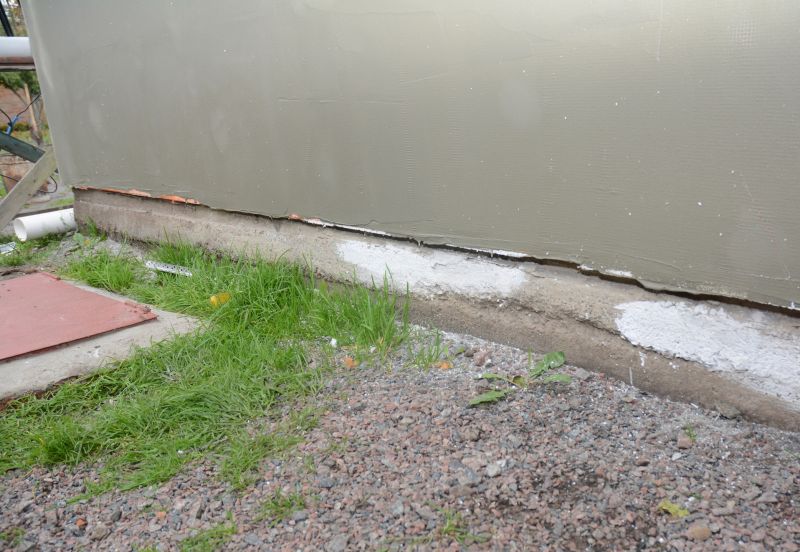
A 60-second routine that keeps Foundation Repairs looking new.
Potential clients interested in foundation repairs are encouraged to contact for further information. Proper assessment and timely scheduling can help address foundation issues effectively, ensuring structural safety and property value preservation.

